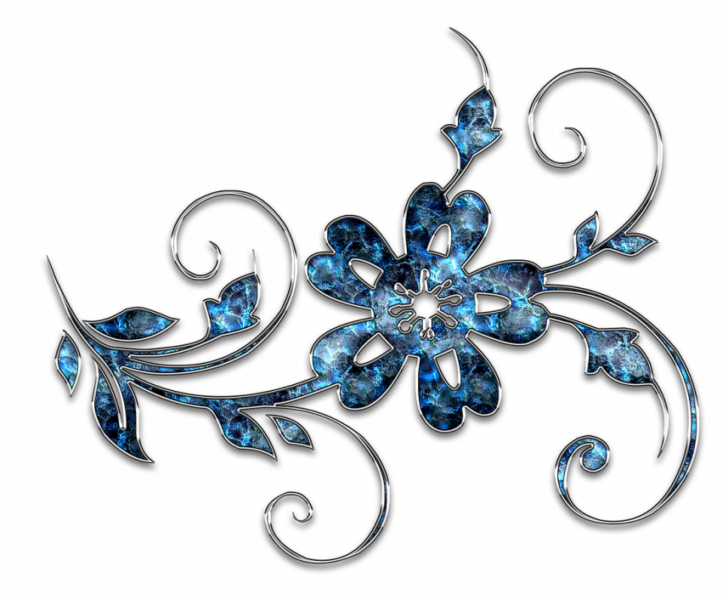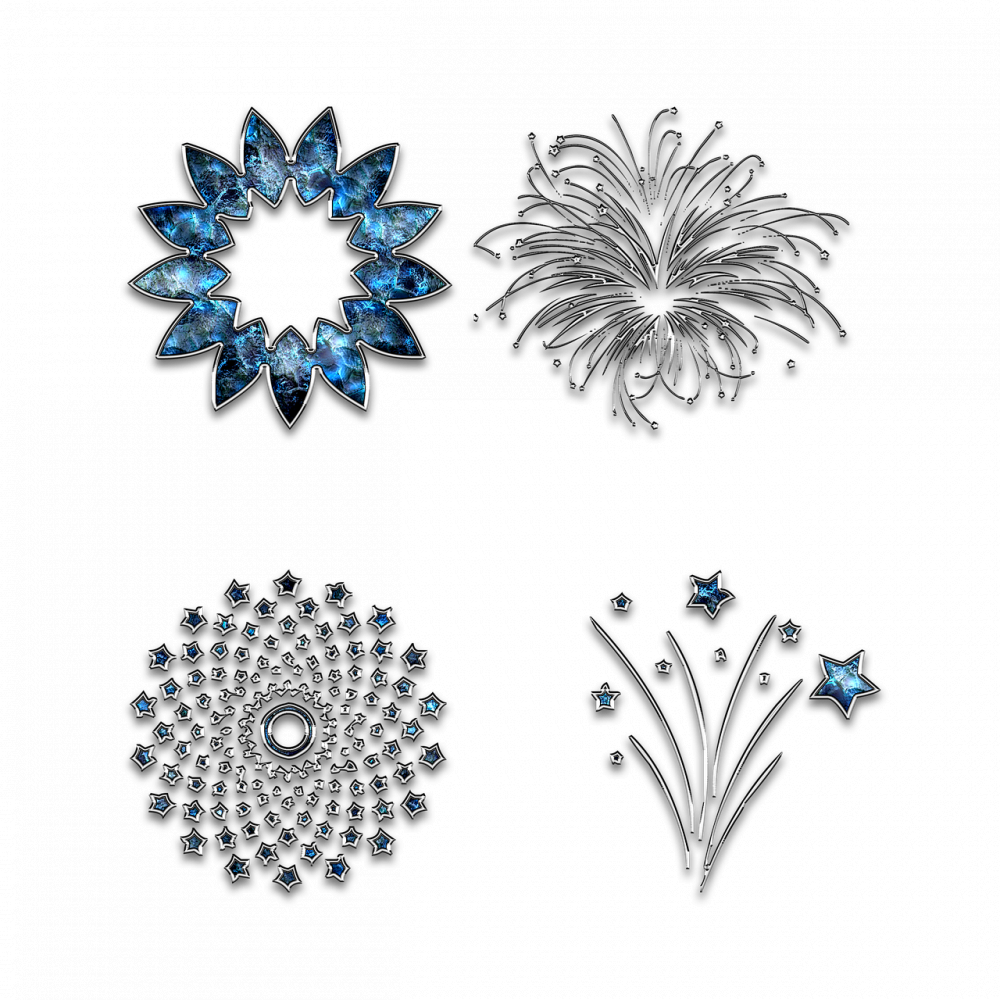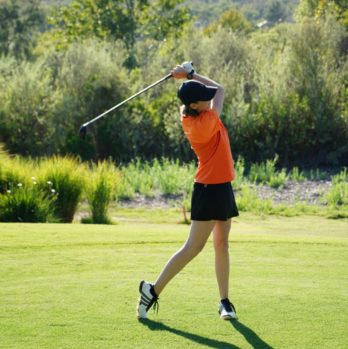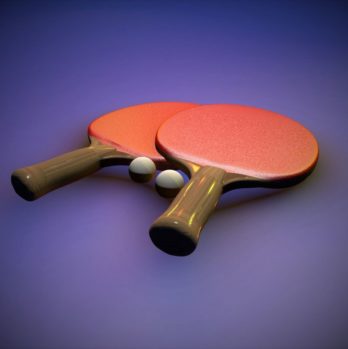Curling Paralympics Final: A Thrilling Showcase of Skill and Determination

An Overview of the Curling Paralympics Final
The Curling Paralympics Final is one of the most highly anticipated events in the world of adaptive sports. This fierce competition brings together the best curling teams from around the globe, showcasing their exceptional skills and determination. In this article, we will delve into the intricacies of the sport, explore its various formats, examine quantitative measurements, discuss the differences between games, and provide a historical review of the advantages and disadvantages of different Curling Paralympics Final styles.
Understanding the Curling Paralympics Final

Curling is a sport that dates back centuries, originally believed to have been played in Scotland. The Curling Paralympics Final follows the same basic principles as traditional curling, but with a few adaptations to accommodate athletes with physical disabilities. Participants compete in teams of four, and each team aims to slide stones across the ice towards a target area, known as the ”house.” The goal is to land the stones as close as possible to the center of the house and score points accordingly.
There are two main types of Curling Paralympics Finals: wheelchair curling and standing/amputee curling. Wheelchair curling involves athletes using specialized wheelchairs equipped with handles to launch and maneuver the stones. Standing/amputee curling, on the other hand, is played by individuals who have limb impairments but do not require a wheelchair. These athletes deliver the stones by sliding on devices called ”delivery sticks.”
The Popularity and Variations of Curling Paralympics Finals
The Curling Paralympics Final has gained significant popularity in recent years, attracting both athletes and spectators alike. The unique nature of the sport, coupled with the incredible skills displayed by the participants, makes for an exciting and engaging event.
In terms of variations, wheelchair curling remains the most popular format in the Curling Paralympics Final. This is largely due to the accessibility it offers to athletes with various disabilities and the increased participation of nations in this category. However, standing/amputee curling is also on the rise, with more athletes embracing this form of the sport.
Quantitative Measurements in Curling Paralympics Finals
Quantitative measurements play a crucial role in the Curling Paralympics Final, determining the outcome of each game. Points are awarded based on the positioning of the stones within the house, with the closest stone to the center earning the highest score. Calculations are made using a numerical system, and teams strategize their shots accordingly to maximize their point potential.
Additionally, time measurements are essential in maintaining a fair and balanced game. Each team is allotted a specific time limit to execute their shots, ensuring that the game progresses smoothly and consistently.
Differences between Curling Paralympics Finals
Although the fundamental goal of every Curling Paralympics Final is the same, there are some key differences between wheelchair curling and standing/amputee curling. The use of different equipment and techniques influences the dynamics of the game and the strategies employed by the teams.
Wheelchair curling requires athletes to navigate the ice using wheelchairs, which introduces elements of stability and balance into the game. Standing/amputee curling, on the other hand, allows for a wider range of mobility while delivering the stones, which can impact the style and precision of the shots.
A Historical Perspective on the Advantages and Disadvantages of Curling Paralympics Final
Over the years, the Curling Paralympics Final has evolved, and certain styles have emerged as more advantageous in various situations. Wheelchair curling, for instance, offers a level playing field for athletes with different disabilities, allowing them to compete on equal terms. It also provides opportunities for strategic collaborations between teammates, incorporating different skills and expertise.
However, standing/amputee curling has its advantages as well. Athletes in this category can take advantage of their physical abilities to deliver stones with greater power and precision. This style also allows for more dynamic sweeping techniques, potentially influencing the outcome of the game.
In conclusion, the Curling Paralympics Final is a captivating event that showcases the remarkable abilities and determination of adaptive athletes. Whether in the wheelchair or standing category, these athletes demonstrate their passion for the sport and their relentless pursuit of excellence. With its widespread popularity and diverse formats, the Curling Paralympics Final continues to inspire and captivate audiences around the world.











